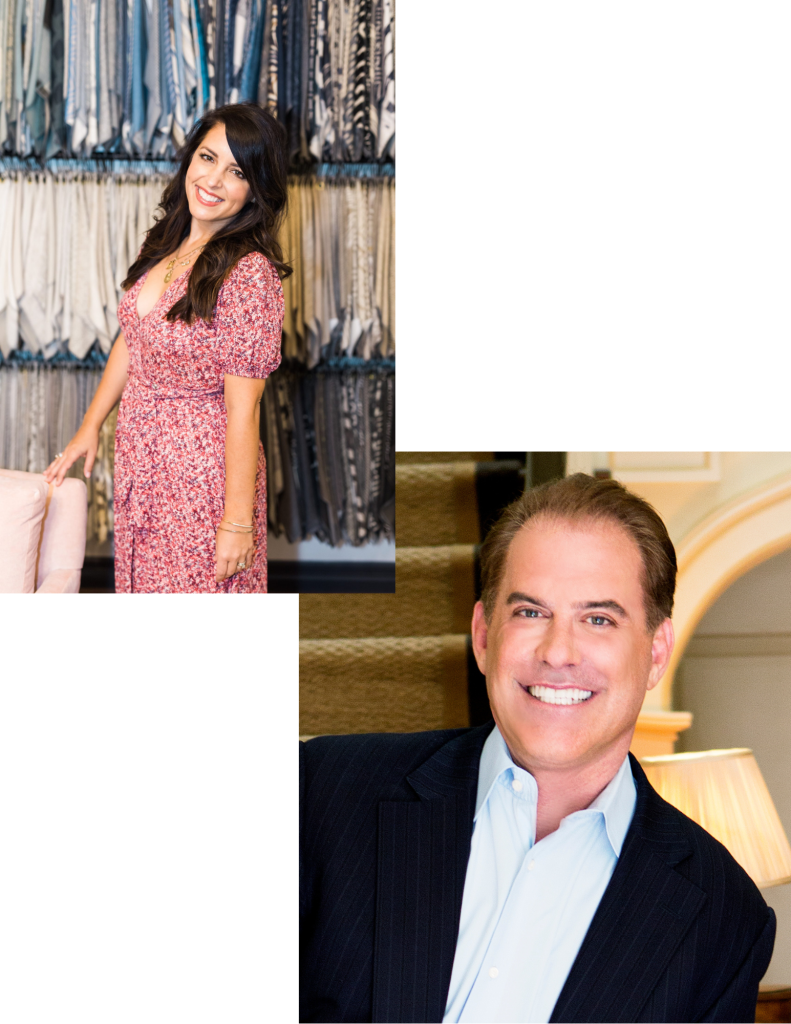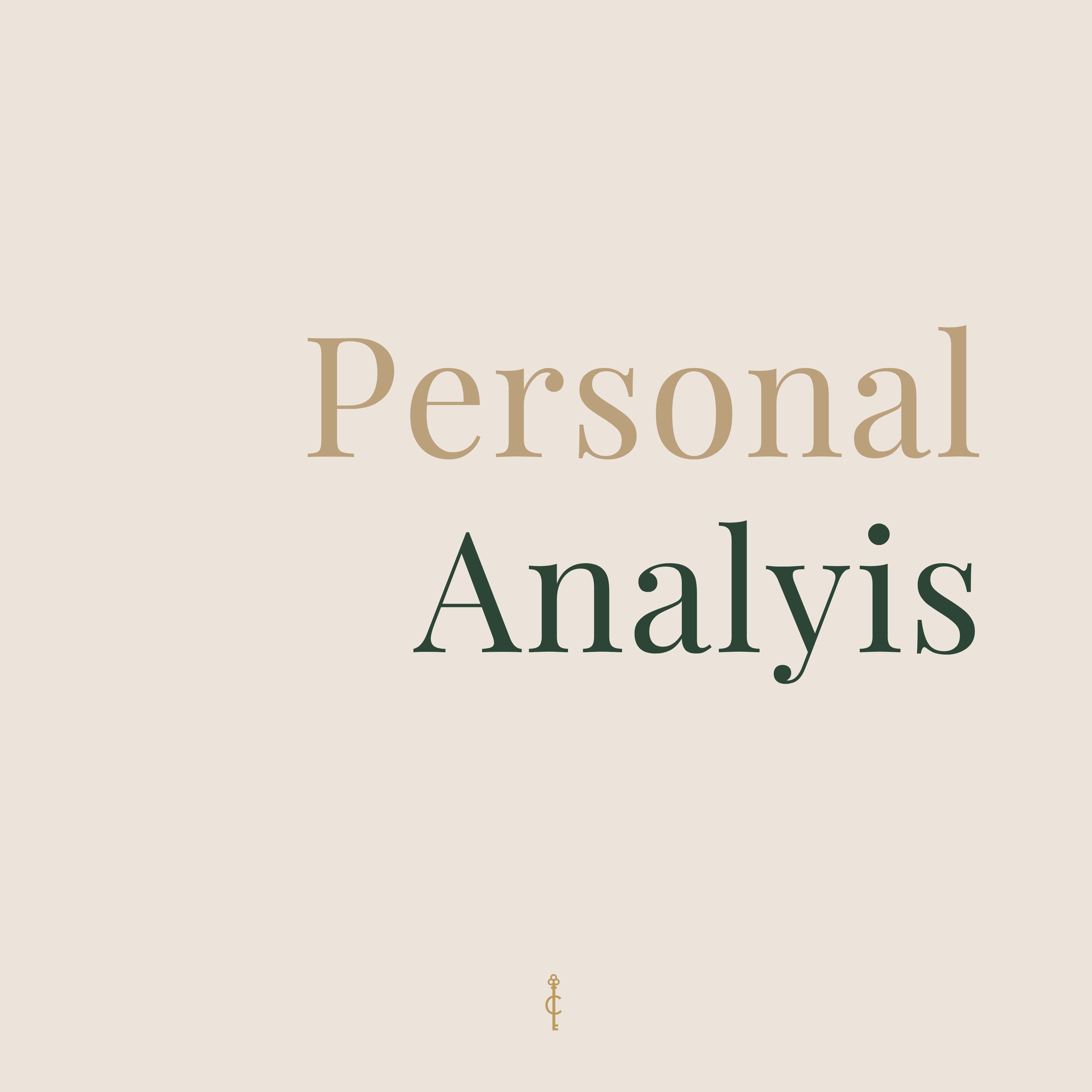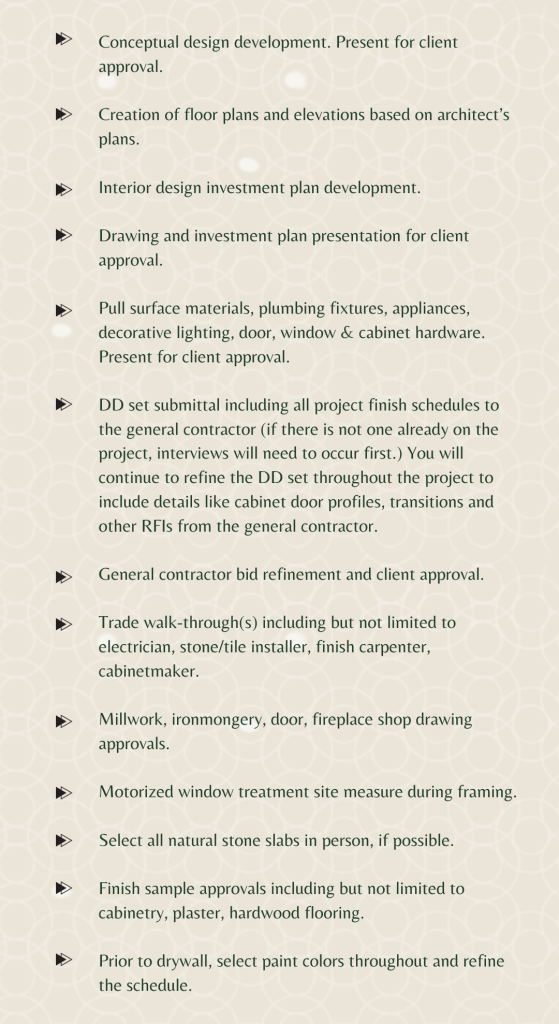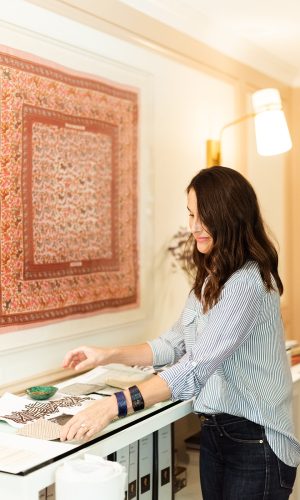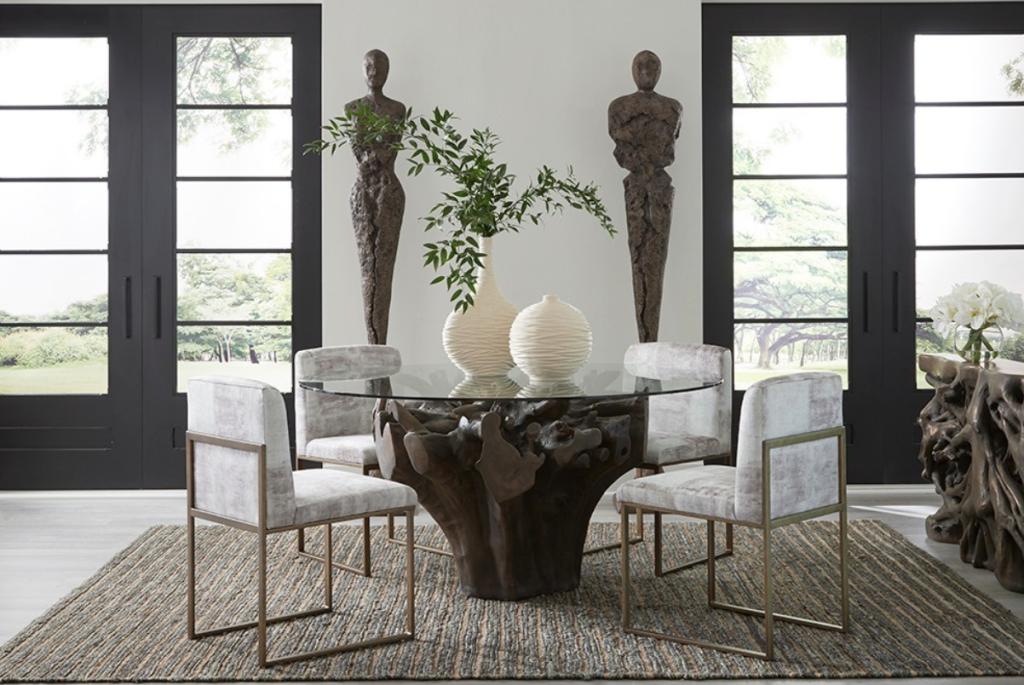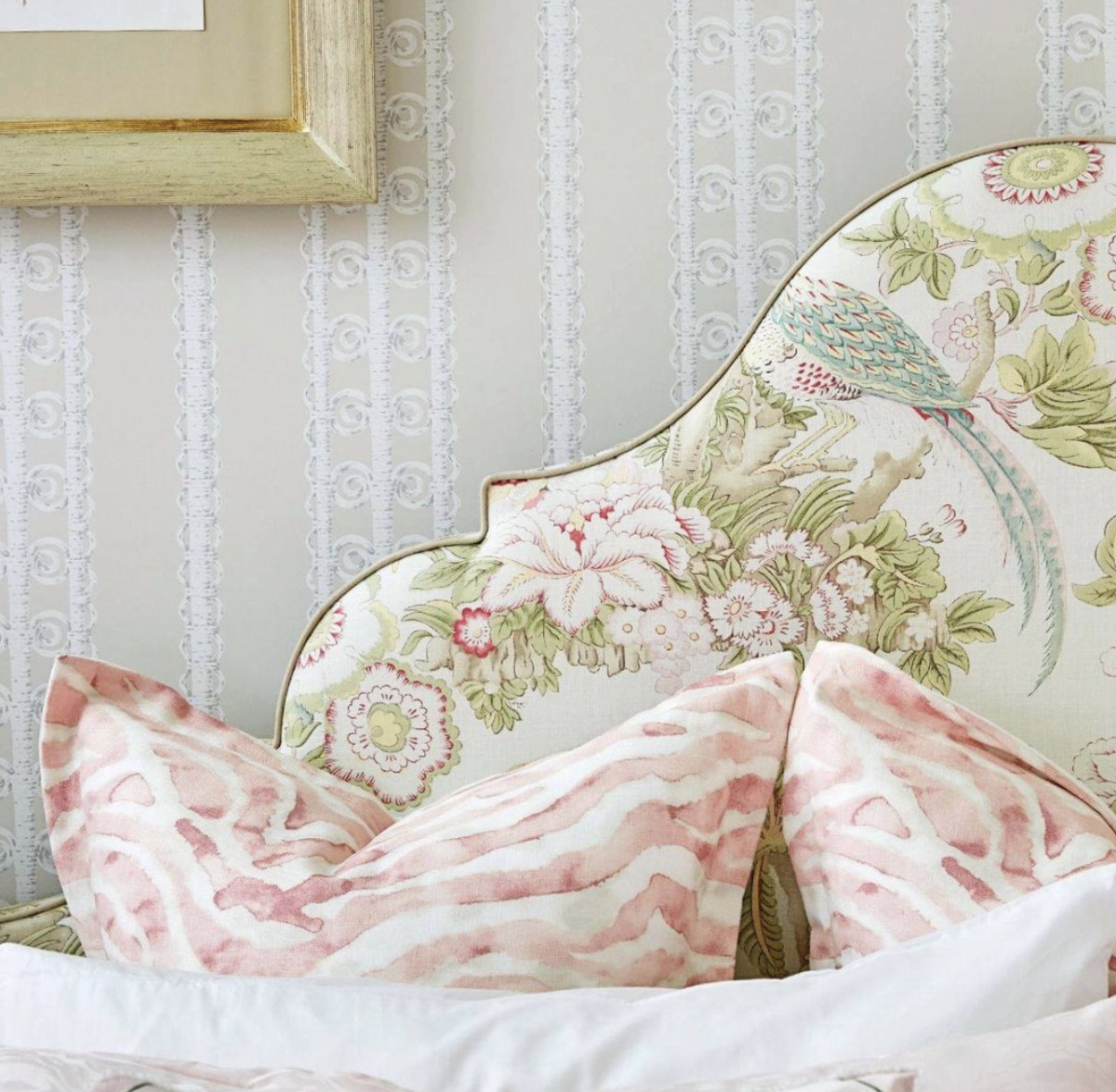TRAVEL TIME
If you could only monetize your time going from point A to point B for any reason, we would all be living large! Time holds immense value, especially in business, and it behooves you to account for that time spent traveling. Your time is worth more than just the expense of gas and the government car mileage rate. Ultimately travel time from one client takes you away from tending to your other clients.
I consider traveling to the client or their project a luxury concierge service and it is billed at half of my design selection fee. Whether you charge by the hour or a flat fee by the project, failing to factor in travel time can lead to underestimating the true cost of site visits and client meetings. This fee is separate and apart from your airline or train ticket, which is a reimbursable expense.
OUT-OF-STATE PROJECTS
Expanding your clientele to include out-of-state projects can open up new opportunities for growth, but it also comes with its own set of challenges. One such challenge is navigating the tax implications of conducting business in multiple states. To maximize your earning potential and simplify the process, consider establishing an LLC in the state or country where you’ll be conducting business. This official motion not only helps you secure a resale certificate, allowing you to purchase and ship materials to that location tax-free, but also provides liability protection and other benefits for your business.
Some states may have residency requirements for LLC formation, meaning that at least one member or manager of the LLC must be a resident of that state. However, many states do not have such requirements, allowing businesses to establish LLCs without needing to reside in the state. To ensure compliance, you will typically need to designate a registered agent located in that state who can receive legal documents and official correspondence on behalf of the LLC.
It’s essential to consult with legal and tax professionals who are knowledgeable about the laws and regulations of both your home state and the state where you plan to form the LLC. They can provide personalized advice based on your specific business goals and circumstances.






